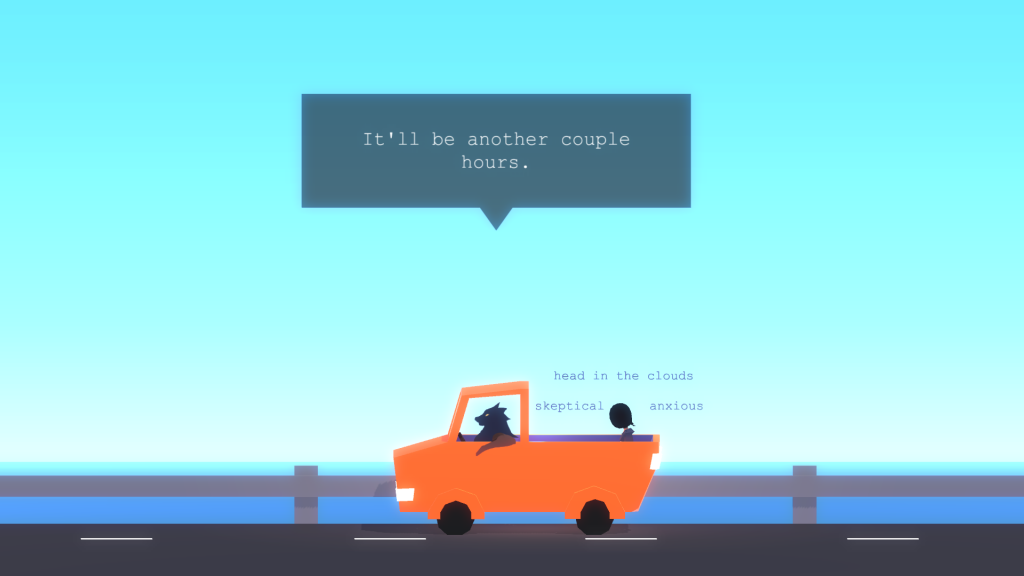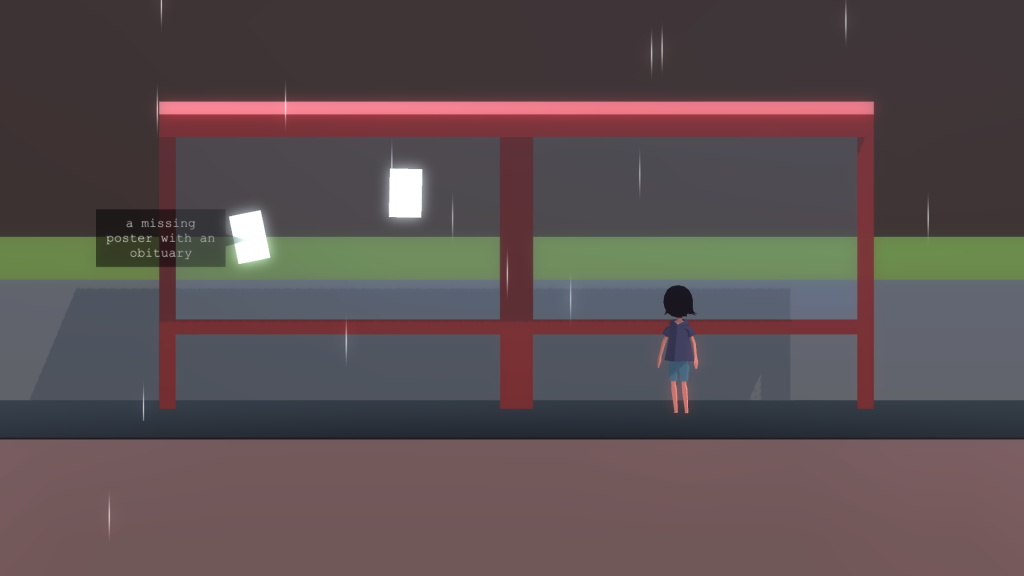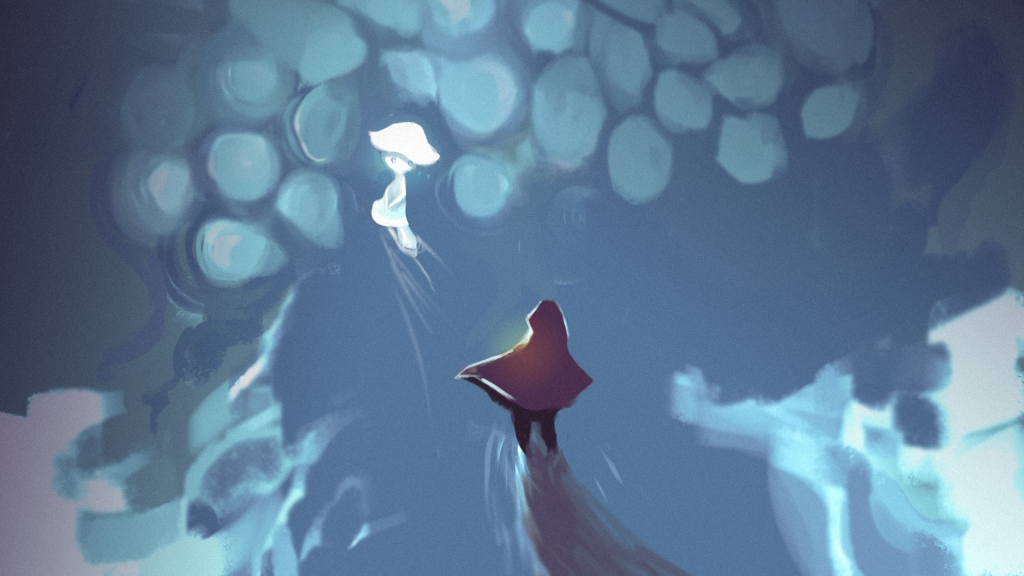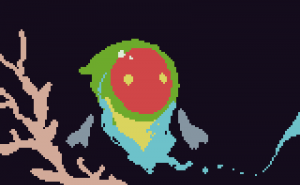For something more to chew on for notgames and Tale of Tales, and why they have abandoned videogames. As much as I hate gamers too, I don’t think it’s right to reject and blame your audience for “not understanding your art.” Sometimes it doesn’t click with people, and maybe the world isn’t ready for it yet, I don’t know.
For environmental storytelling presentation: I was rather disappointed they only covered 3D games with free camera control. They said that video games can’t exactly apply the same film set design concepts because filmmakers use directed eye, but that’s not the case with 2D games or 3D games without free camera control. Even 3D games with free camera control still uses level design to direct the player’s eyes to certain elements–isn’t that part of set design? Basic film concepts still lend themselves well to videogame scene compositions, especially games like Kentucky Route Zero or Papers, Please.
That said, the first time I actually became conscious of designer/narrative intentions in environmental storytelling in video games was Portal 2. In this level, you happen upon a room full of potato-related science project presentations. If you read into these and have been invested in the narrative so far, you learn several things that aren’t necessary to further the plot, but deepens the narrative. Not only does this room expand on the game’s frivolous but creepy tone, but it also gives you a flavor of the narrative if you were interested, if the player was inclined to give some of her time to the game to explore. It’s left quite the impression on me and it’s the reason I prefer Portal 2 over its predecessor even though the latter is arguably a better game.




